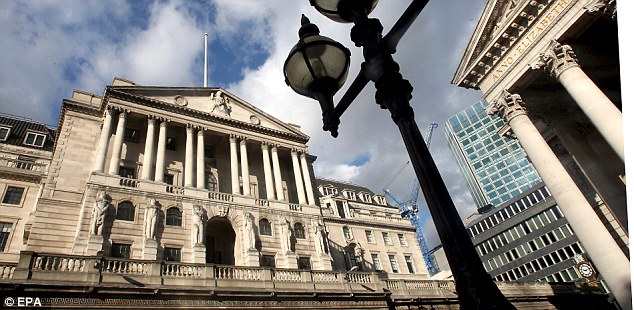The Bank of England will announce their latest monetary policy decision on Thursday, with governor Mark Carney largely expected to leave rates at 0.25 percent after cutting them from 0.5 percent at the July meeting.
However, there are expectations of another rate cut later this year. Speaking to parliamentarians earlier this month Carney agreed that the economic fallout from Brexit has been less severe than expected, but let the option to cut the key interest rate further before Christmas. Some economists are bracing for a further 15 basis point cut to 0.10 percent.
At July’s meeting, Carney underlined that negative interest rates were not under consideration at this point.
In a speech to lawmakers earlier this month, Carney said he was “serene” about the economic effect of the referendum. He has faced criticism for the massive stimulus package agreed by the Monetary Policy Committee in July as well as ‘exaggerated’ warnings over a vote to exit the European Union, but told MPs that the MPC’s actions had reduced the chance that the UK would enter recession.
Initial data shows the economy running above the 0.1 percent growth the BoE predicted for the third quarter, but Carney said it was ‘early days’, continuing:
“We expected some bounce-back, there’s been a bit more, but we’re keeping it in perspective.
“We’ll see when we get all the data in, but broad-brush, is growth running about half as much as it was prior to the referendum? That’s probably about right, given what we know right now”.
Official data on unemployment and retail sales are due to be released this week ahead of the meeting, giving a clearer picture as to the kind of economic environment Carney is dealing with. On Tuesday data showed that inflation held steady in August at 0.6 percent.
The Bank of England’s decision on Thursday will be watched closely by the markets who are expecting the US Federal Reserve raise rates before the end of the year.
The markets were expecting Fed policymaker Lael Brainard to shed some light on the central bank’s thinking in her speech on Monday, in which she discussed the US economic outlook and monetary policy implications in Chicago. Considered to be one of the more dovish members of the Fed, she has consistently voted against a rate rise in the past; true to form, in her speech she urged caution and and said the bank should wait until inflation comes closer to the US target before raising rates.

